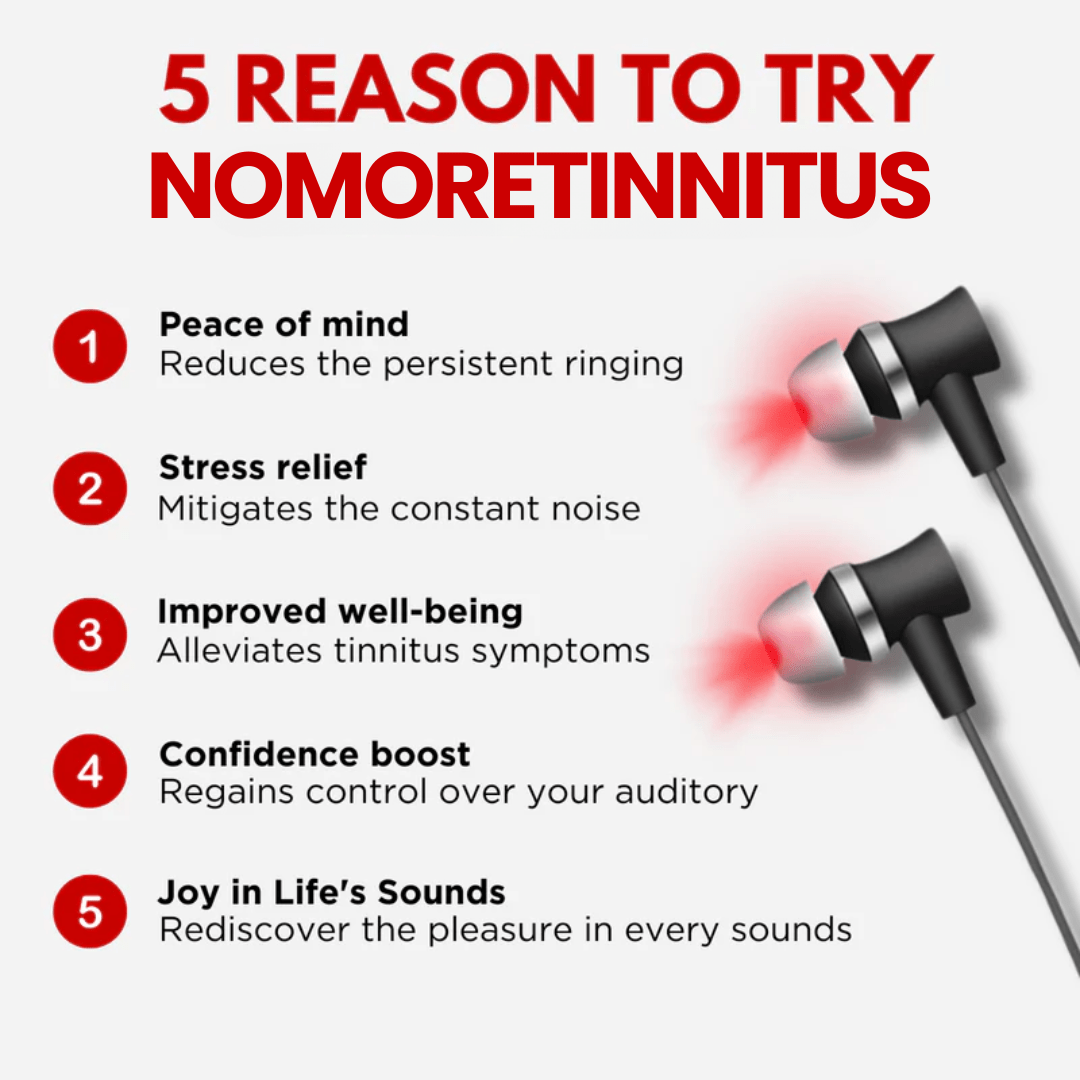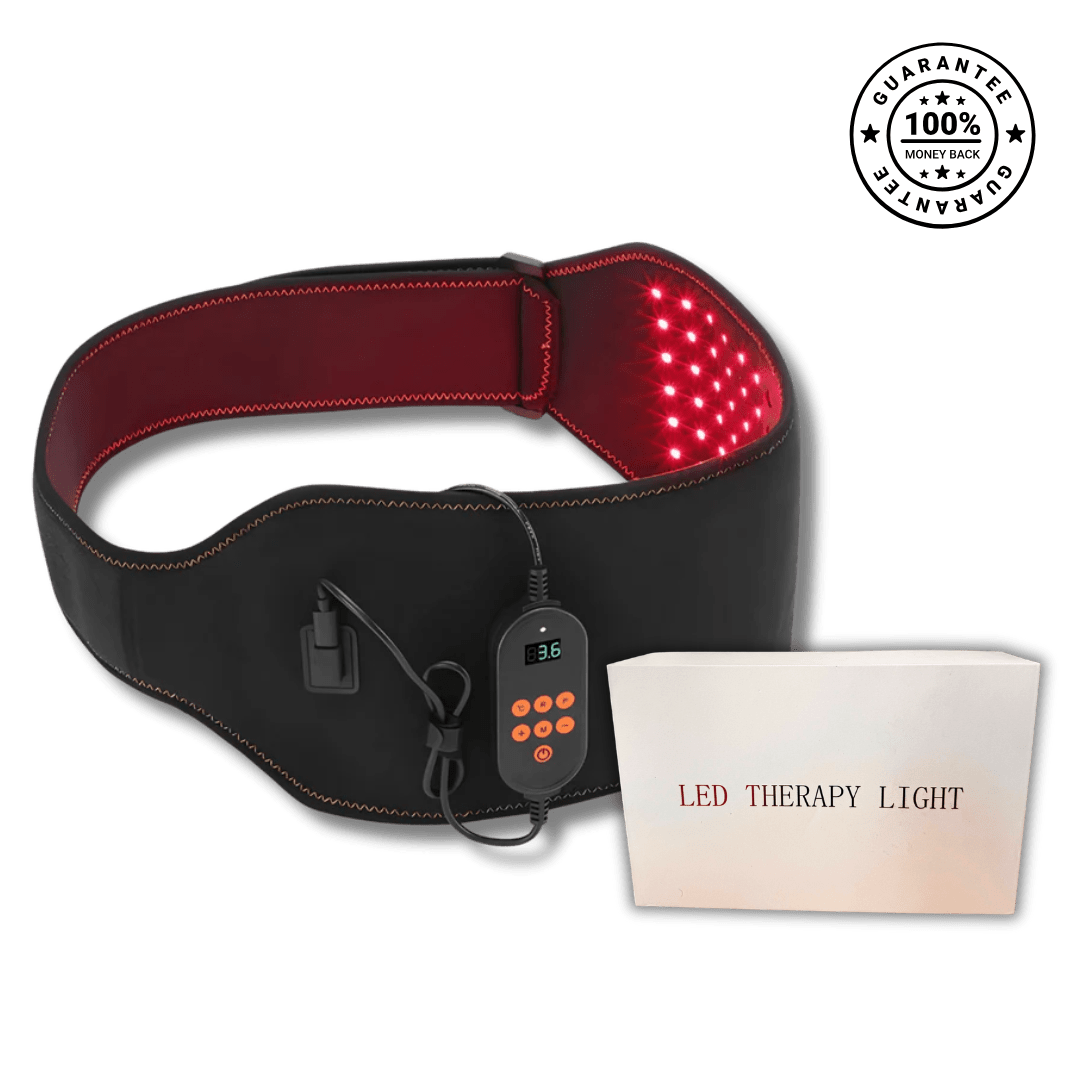Parkinson's is a neurodegenerative disease that affects millions of people worldwide. This disease slowly reduces individuals' ability to move, speak and even do simple daily activities. The tremor, stiffness and slowness in movement due to Parkinson's are incredibly frustrating and demotivating for all patients. In addition to physical problems, Parkinson's often also results in depression, anxiety, and sleep disturbances, further reducing the quality of life of those affected. Patients and their loved ones continually seek new natural treatments that can improve this condition. Among the many therapies, red light therapy is increasingly emerging due to its potential in alleviating some of Parkinson's debilitating symptoms and other health or beauty concerns.
What is Red Light Therapy and How Does It Work?
Red light therapy, also known as Photobiomodulation, is a non-invasive treatment utilizing certain wavelengths of red light, which pass through the skin and have various health and aesthetic benefits. Unlike traditional pharmaceutical treatments, this innovative therapy works directly at the root of the problem. It stimulates cellular activity, improves circulation, and helps the body heal naturally. This approach focuses its benefits in the mitochondria, the part of the cell that is responsible for the production of energy in the body, the same energy that is used to overcome common diseases and problems. If you haven't already done so, we encourage you to read our blogs “How Does Red Light Therapy Work?” and “6 Mistakes Not to Make When You Are Doing Red Light Therapy”.
The Science Behind Red Light Therapy for Parkinson’s Disease
Research conducted on red light therapy has shown promising results regarding its potential in helping Parkinson's disease patients. This non-invasive treatment uses specific wavelengths of red and near-infrared light to penetrate the skin and reach the brain, where it is able to influence cellular activity. Studies have revealed that red light therapy is a good approach to improving Parkinson's symptoms by enhancing mitochondrial function, reducing inflammation, and increasing neuroprotection.

In a study conducted by Liebert in 2012, patients underwent red and near-infrared light therapy in the skull area using targeted devices. After just a few weeks, patients experienced improvements in mobility, cognition, balance, and fine motor skills. This study highlights how red light can penetrate bone, in this case the skull, to allow wavelengths to reach the brain and positively alter its cellular functions. These results confirmed the theory that red light therapy may play a key role in the management of motor and non-motor symptoms of Parkinson's disease.
Benefits of Red Light Therapy for Parkinson’s Disease Symptoms
Photobiomodulation is a promising therapy to address several symptoms of Parkinson's disease, providing a comprehensive approach to improve patients' quality of life:
- Sleep Disorders: Sleep disturbances are common in Parkinson’s patients, severely impacting their overall well-being. Red light therapy, particularly in the range of 600 nm to 850 nm, can help regulate the body’s circadian rhythms, promoting better sleep patterns and reducing insomnia.
- Depression and Anxiety: Parkinson’s disease often leads to mood disorders such as depression and anxiety. Red light therapy has shown potential in alleviating these symptoms by enhancing dopamine transmission and promoting a sense of well-being. Studies have found that regular sessions of red light therapy can lead to significant improvements in mood and mental health.
- Fatigue: Chronic fatigue is a debilitating symptom for many Parkinson’s patients. By improving cellular energy production through the activation of mitochondria, red light therapy can help reduce feelings of fatigue, allowing patients to engage more actively in their daily lives.
- Motor Function: While the impact on motor symptoms is still under investigation, some studies suggest that red light therapy can help improve fine motor skills and overall mobility. This can make a substantial difference in the day-to-day activities of those living with Parkinson’s.
How to Access Red Light Therapy at Home
Getting red light treatments in the comfort of one's own home has become easier than in past years due to the wide availability of affordable products designed for personal use. These home devices offer a convenient and affordable alternative to expensive salon treatments, allowing individuals to easily experience the benefits of Photobiomodulation by integrating it into their daily routine without having to spend a fortune.

Home devices, such as NoMore branded products, provide high-quality red light therapy aimed at overcoming both health and beauty problems. These devices are designed to be easy to use and safe, making them an excellent option for Parkinson's patients seeking natural and affordable treatment options. One of the most effective products is NoMoreBadSkin™, although it was originally intended for beauty treatments, it uses the same wavelength, making it effective for treating Parkinson's disease. There are not many precautions to consider, wearing protective goggles minimizes risks, and patients can safely benefit from this treatment at home.
Conclusion
Red light therapy offers hope for a higher quality of life for those suffering from Parkinson's disease. With its potential to improve sleep, relieve depression and anxiety, reduce fatigue, and improve motor function, this therapy can significantly improve patients' quality of life. For those interested in exploring red light therapy, the NoMore catalog offers high-quality devices designed to address health and beauty problems. In addition, the NoMoreBadSkin™ device can be a versatile tool for Parkinson's therapy that not only helps fight against this condition but also helps improve the appearance of the skin. The adoption of these innovative treatments may offer new solutions for managing Parkinson's disease and improving the well-being of those affected.
References
- "Transcranial and Intranasal Near-Infrared Light Therapy for Parkinson’s Disease."
- "Near-Infrared Light Therapy Applied to the Neck and Combined with Hydrogen Water Ingestion for Parkinson’s Disease."
- "Impact of Light Therapy on Depression and Anxiety in Parkinson’s Disease."
- "Red Light Therapy for Reducing Fatigue in Parkinson’s Disease."












Leave a comment
All comments are moderated before being published.
This site is protected by hCaptcha and the hCaptcha Privacy Policy and Terms of Service apply.